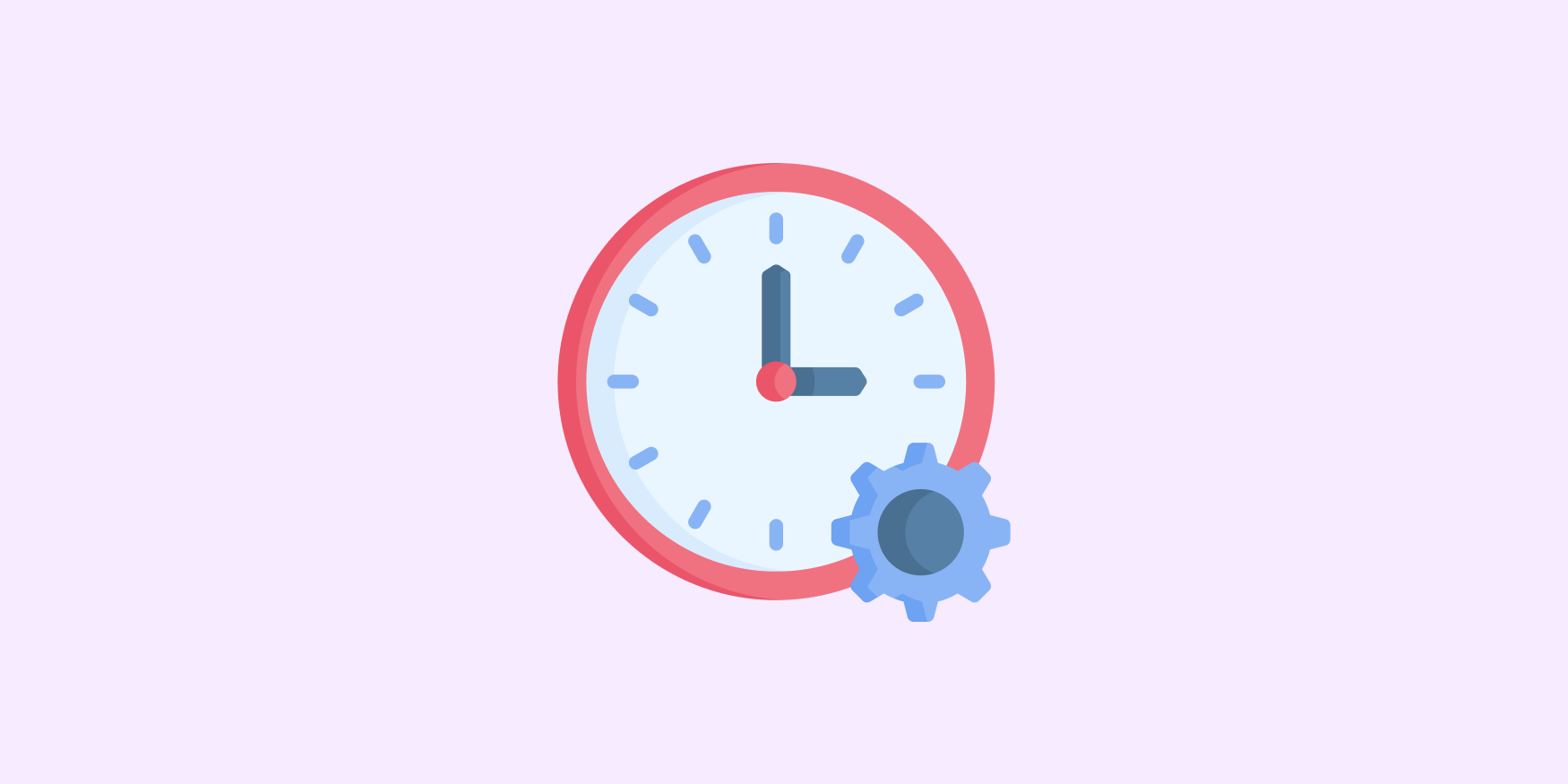Streamlining Your Life with Effective Time Management
Jessica White August 6, 2025
In a world that constantly demands more—more productivity, more responsiveness, more multitasking—effective time management has become more than just a self-help concept. It’s a survival strategy.
One of the most talked-about methods in 2025 for regaining control over a busy schedule is time blocking. This technique isn’t new, but it’s seeing a strong resurgence as remote work, hybrid jobs, and digital distractions continue to blur the lines between work and personal life. From CEOs to freelancers, people are rethinking how they use their time—and time blocking is quickly becoming a go-to tool for streamlining daily routines, reducing burnout, and improving focus.

What is Time Blocking?
Time blocking is a scheduling method where you divide your day into distinct chunks of time, each assigned to a specific task or group of tasks. Rather than keeping an open-ended to-do list, every activity has a designated place on your calendar—from email checking to creative work to personal errands.
This system offers a visual representation of how your day unfolds, giving you better control over how time is spent—and more importantly, how it’s protected from interruptions.
Why Time Blocking Is Trending Now
Several factors are contributing to the renewed interest in time blocking as a lifestyle tool:
- Remote and Hybrid Work: As people work more from home, traditional 9-to-5 routines are less common. Time blocking helps create structure where there isn’t any.
- Digital Overload: The average person receives over 100 notifications per day. Time blocking helps batch and schedule screen time to avoid constant interruptions.
- Burnout Epidemic: According to a 2024 survey by Deloitte, over 77% of professionals report feeling burnout. One of the top recommended solutions? Better boundaries with time.
- AI-Powered Calendars: Apps like Motion and Reclaim are automating the time-blocking process using artificial intelligence, making it easier to plan your day and stick to it.
Benefits of Time Blocking for Everyday Life
Time blocking isn’t just for executives and entrepreneurs. It’s increasingly being used by parents, students, and creatives to manage their lives more intentionally.
1. Helps Prioritize What Matters
When your calendar is full of specific blocks, it forces you to be selective. Instead of reacting to every email or request, you’ll learn to defend your priorities.
2. Reduces Mental Fatigue
Constant task switching taxes your brain. By focusing on one type of task at a time, time blocking helps maintain cognitive energy throughout the day.
3. Promotes Work-Life Balance
By physically scheduling non-work blocks—like family time, exercise, or hobbies—you create boundaries that support a more balanced lifestyle.
4. Increases Accountability
Looking at a full calendar gives a sense of commitment. It’s easier to follow through on tasks when they have a specific time slot rather than being “something to get to later.”
A Step-by-Step Guide to Starting Time Blocking
If you’re ready to improve effective time management through time blocking, here’s a basic framework to help you start:
Step 1: Audit Your Week
Start by listing all recurring responsibilities—work, errands, meetings, meals, downtime, etc. This gives you a baseline of your actual obligations.
Step 2: Identify Your Priority Tasks
Highlight the activities that directly support your goals—whether it’s writing, sales calls, exercise, or family time.
Step 3: Assign Blocks on Your Calendar
Use a digital calendar like Google Calendar, Notion, or an app like Motion. Start with non-negotiables (e.g., sleep, meals), then slot in your priority tasks.
Pro Tip: Group similar tasks together. For example, block all admin tasks into one “Admin Hour” rather than scattering them.
Step 4: Set Boundaries Around Blocks
Turn off notifications during focused blocks. Let team members or family know when you’re unavailable.
Step 5: Evaluate Weekly
At the end of each week, reflect. What blocks worked? Which didn’t? Tweak accordingly.
Tips for Making Time Blocking Stick
Consistency is key. Here are some real-world-tested strategies:
- Color-code blocks for quick visual understanding (e.g., blue for work, green for exercise, yellow for family).
- Schedule buffer time between blocks to account for overruns or mental resets.
- Start with just 2–3 blocks per day if a fully scheduled calendar feels overwhelming at first.
- Review your next day each evening so you’re mentally prepared and less likely to fall off track.
Is Time Blocking for Everyone?
While time blocking can significantly improve effective time management, it’s not a one-size-fits-all solution. For people with highly reactive jobs or caregiving roles, full-day scheduling might feel restrictive. In those cases, “soft blocking”—blocking only parts of the day—can still offer clarity without rigidity.
Also, perfection isn’t the goal. The idea isn’t to follow your blocks 100% of the time, but rather to have a structure that gives your day direction.
Tools to Make Time Blocking Easier
Here are some apps and tools designed to help make time blocking more seamless:
- Motion: Uses AI to automatically schedule tasks into your calendar.
- Reclaim.ai: Syncs with Google Calendar and automatically adjusts blocks based on your behavior.
- Notion: Great for visualizing tasks and connecting them with calendar events.
- Google Calendar: A solid, free option with built-in color-coding and reminders.
Real-Life Case: A Designer’s Routine
Consider Jenny, a freelance graphic designer. Before time blocking, she worked erratic hours, constantly checking emails and scrambling to meet deadlines. After shifting to time blocking:
- 9:00–11:00 AM is her creative deep work slot (no emails, no distractions)
- 11:30–12:00 is for emails and admin
- 1:00–2:00 PM is for client calls
- 3:00–4:30 PM is back to design work
- 5:00 PM onward is protected for personal time
Jenny reports higher income, lower stress, and more free evenings. Her productivity improved not by working longer—but by working smarter.
Final Thoughts
In 2025, with increasing demands on our attention, effective time management isn’t optional—it’s essential. Time blocking offers a clear, structured, and flexible way to take back control of your schedule and live with greater intention.
Whether you’re a busy professional or someone simply trying to keep up with everyday responsibilities, time blocking could be the shift you need to stop surviving your days and start designing them.
References
- Deloitte. (2024). Burnout and the Great Resignation. Available at: https://www2.deloitte.com (Accessed: 6 August 2025).
- RescueTime. (2023, October 17). Screen time stats: How much time do we really spend on devices? Available at: https://www.rescuetime.com (Accessed: 6 August 2025).
- Lunden, I. (2023, October 23). AI calendar apps are here to tame your scheduling chaos. Available at: https://techcrunch.com (Accessed: 6 August 2025).







